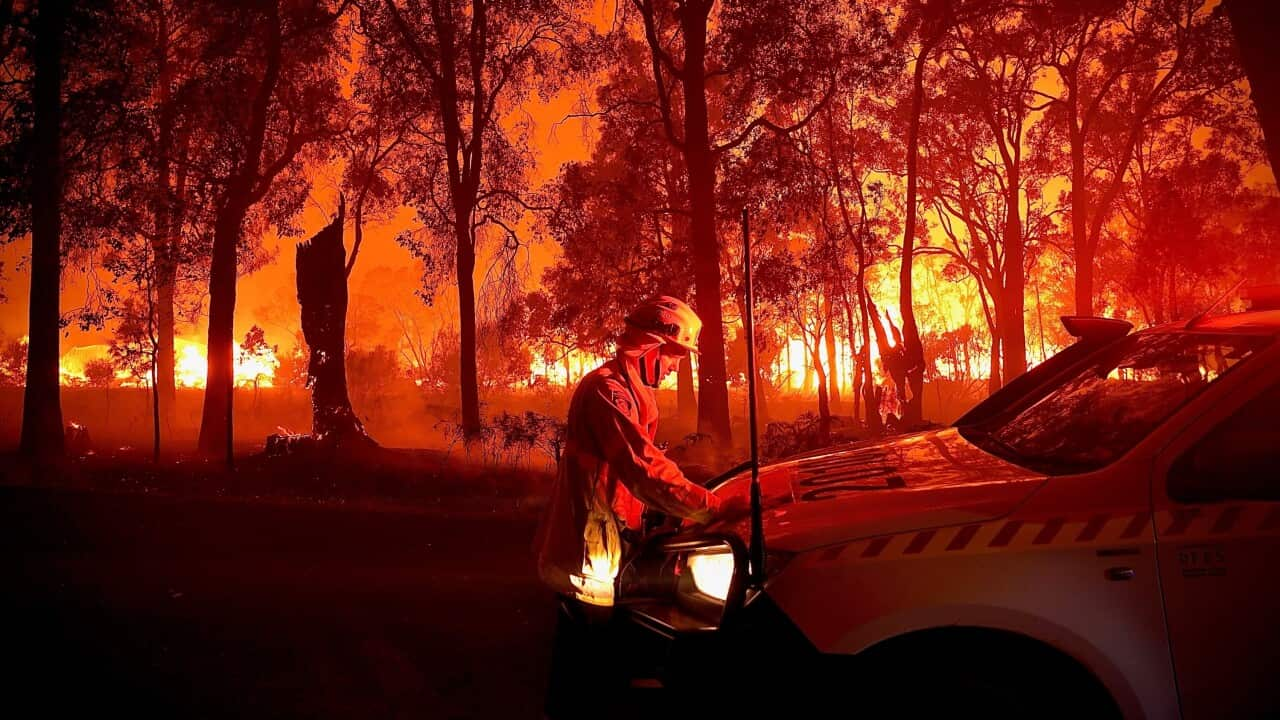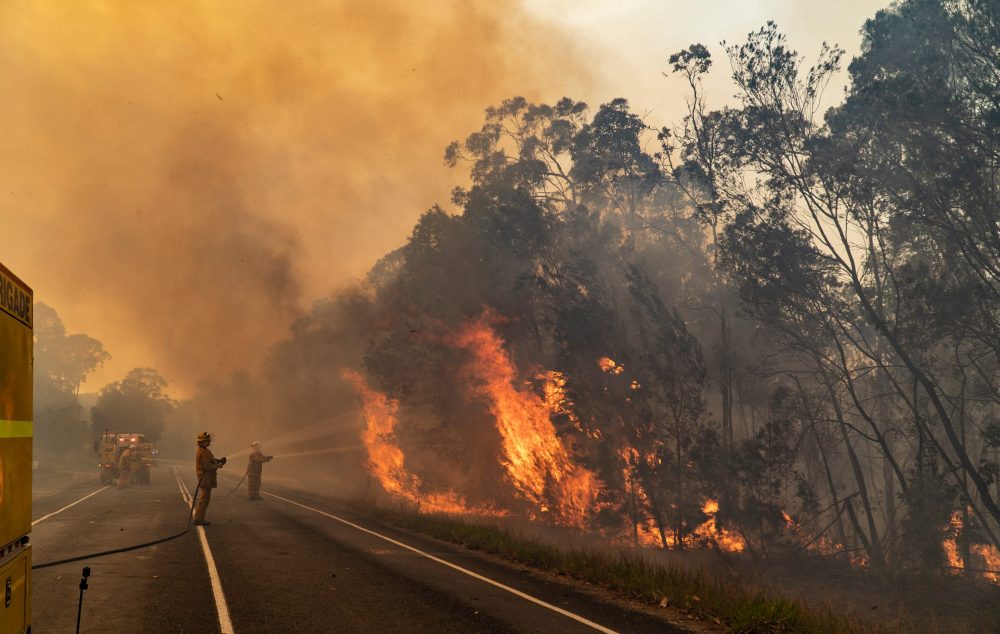Browsing Property Security: Comprehending the Value of a BAL Report
Browsing Property Security: Comprehending the Value of a BAL Report
Blog Article
Ensuring Bush Fire Protection Through Proper BAL Report Analysis
In the realm of bush fire protection, the careful analysis of Bushfire Strike Level (BAL) records stands as a cornerstone for guarding residential properties against the devastating effect of wildfires. With ecological elements and building qualities playing substantial roles in figuring out the degree of risk, a complete understanding of BAL ratings ends up being important.
Comprehending Bushfire Assault Level (BAL)
In the realm of bushfire security, comprehending the Bushfire Strike Level (BAL) is vital for making certain effective mitigation techniques. BAL is a system utilized to determine the possible threat a structure might face from a bushfire. It considers elements such as the sort of plant life, the incline of the land, the Fire Danger Index, and the Fire Severity Index. Understanding the BAL rating of a building is crucial for home proprietors, contractors, and policymakers to carry out suitable steps to protect against bushfire threats.

Importance of BAL Report Evaluation
A crucial facet in bushfire defense preparation includes the extensive analysis of BAL reports to assess the potential risks and identify proper reduction methods. BAL records give crucial information concerning the prospective effect of bushfires on a home based on numerous variables such as plants type, range to prospective fire risks, and slope of the land. Assessing these records with precision is paramount in creating efficient bushfire protection actions tailored to the specific risk account of a building.
Carrying Out Fire Security Measures
Applying effective fire security steps is important for securing residential or commercial properties in bushfire-prone areas. This includes clearing up flammable greenery, such as dry leaves and branches, within a particular radius of the home.
Moreover, having a well-kept and appropriate water system, such as a storage tank or pool, can help firemens in their initiatives to protect the home. It is necessary to have a clear discharge strategy in location and to make sure that all citizens recognize with the treatments. Furthermore, having firefighting devices conveniently offered, such as tubes and fire extinguishers, can help in taking on tiny place fires prior to they escalate. Overall, implementing a mix of these fire security procedures can dramatically raise the chances of safeguarding buildings throughout bushfire events.
Mitigating Risks in Fire-Prone Locations
To fortify buildings versus bushfire risks, a critical focus on mitigating threats look at these guys in fire-prone areas is essential. Mitigating dangers in fire-prone locations involves a detailed approach that includes various steps to lower the possibility and influence of bushfires. One essential facet of risk mitigation is keeping defensible space around properties by getting rid of flammable vegetation, making sure sufficient spacing in between structures and trees, and using fire-resistant landscape design practices. In addition, applying ember-proofing measures such as mounting metal mesh displays on windows and covering roofing system dental caries can help stop cinder strikes and minimize the risk of area fires.
Furthermore, building or retrofitting structures with fireproof materials and guaranteeing proper upkeep of roof coverings, rain gutters, and external cladding can considerably enhance the home's durability to bushfires. Creating and practicing a bushfire emergency strategy with all passengers, including discharge treatments and communication strategies, is additionally important in mitigating risks effectively. By embracing a positive approach to risk reduction in fire-prone areas, residential or commercial property owners can much better safeguard their assets and boost general bushfire readiness.
Ensuring Home Safety And Security and Resilience
Ensuring the security and strength of buildings in fire-prone areas needs a steadfast commitment to durable safety Check Out Your URL nets and tactical preparation. Home safety starts with implementing efficient measures to minimize fire hazards. This consists of maintaining a defensible area around the property by getting rid of flammable plants, ensuring correct maintenance of roof coverings and seamless gutters, and using fireproof building products. Regular maintenance of firefighting tools, such as pipes and lawn sprinkler systems, is likewise essential to property durability.
Resilience, on the other hand, entails the ability of a property to recuperate and stand up to from a bushfire. This can be boosted via the installation of ember guards on vents and home windows, making certain that entry points for cinders are minimized. Additionally, having a well-thought-out emptying plan and practicing it on a regular basis can dramatically boost residential property durability. Working together with neighbors and regional fire authorities can also bolster the security and resilience of residential or commercial properties in fire-prone locations. By proactively resolving these elements, homeowner can better protect their properties and loved ones from the hazard of bushfires.
Final Thought
To conclude, guaranteeing bushfire defense through appropriate BAL record analysis is vital for understanding the level of threat posed by bushfires and executing needed fire defense measures. By alleviating threats additional info in fire-prone locations and ensuring residential property safety and durability, people and areas can much better prepare for and respond to bushfire events. It is critical to prioritize fire safety steps to safeguard lives and residential property in these risky environments.
In the realm of bush fire security, the thorough evaluation of Bushfire Strike Degree (BAL) records stands as a cornerstone for safeguarding homes versus the terrible effect of wildfires (BAL Report). Comprehending the BAL ranking of a residential or commercial property is critical for residential or commercial property builders, policymakers, and owners to execute ideal actions to secure versus bushfire dangers

BAL reports offer vital details about the potential impact of bushfires on a residential property based on numerous variables such as vegetation type, distance to potential fire hazards, and slope of the land (BAL Report). Overall, executing a combination of these fire protection steps can considerably enhance the possibilities of securing residential properties throughout bushfire events
Report this page